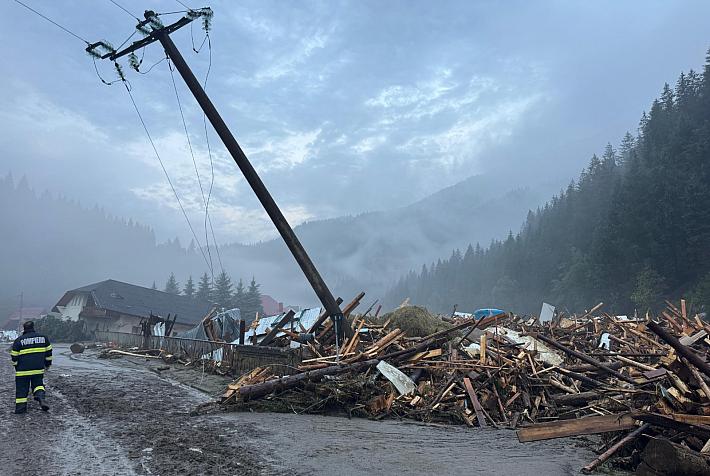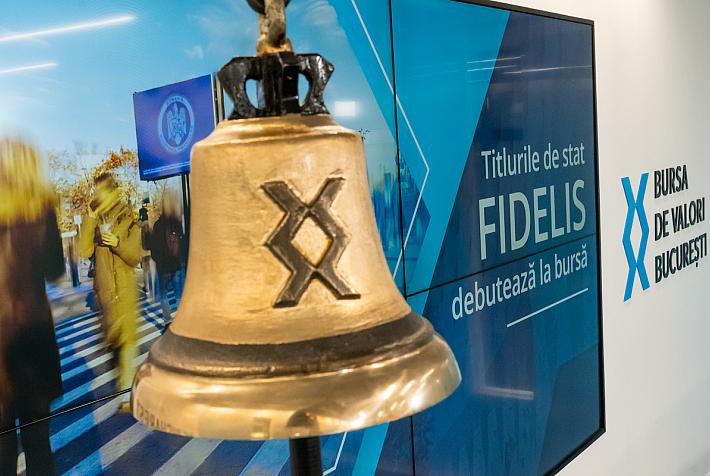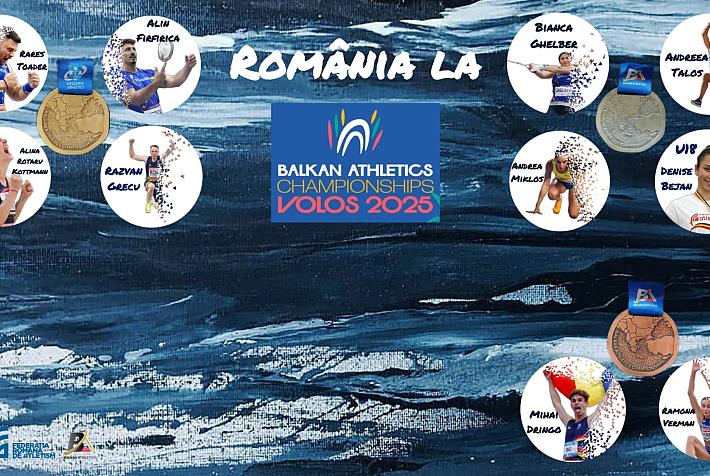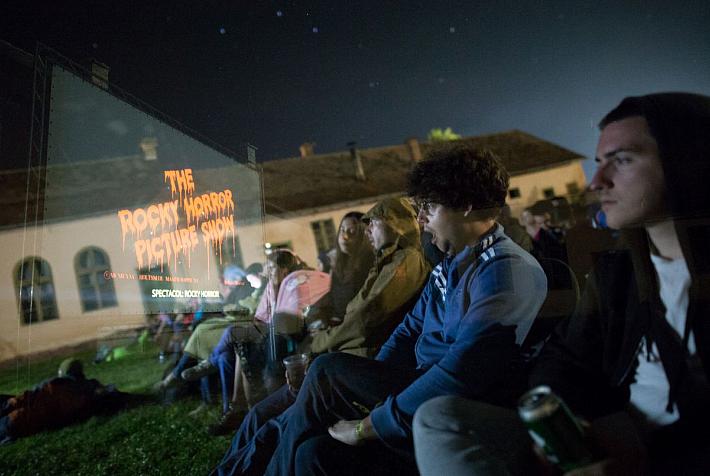Romanian film review - Summer (crime) fun: B.D. la munte și la mare

Summer's here and I've been wracking my brains what to suggest for such tropical temperatures until I remembered an all-time summer comedy classic. It's got laughs, adventure, crime, beautiful people at the seaside, art and monks in the mountains, and jaw-dropping slapstick.
In 1970 and 1971, the best of the country's comedy actors gathered for a series of three comedies about a small police squad solving all kinds of crimes, mostly petty ones, the „brigada diverse”, (the squad for miscellaneous crimes) or, as it is featured in the films' titles, B.D. The last installment, B.D. la munte și la mare/B.D. in the Moutains and at the Seaside, sends its officers to holiday locations, tracking drug traffic in Constanța and the robbery of a miracle-making icon at a monastery in the mountains. A breezy, fun and fast summer police comedy, it once again sets the three B.D. members against a band of petty criminals who find themselves (more or less) innocently involved in both crimes.
The actors are all great comedy thesps: Toma Caragiu as the cool captain Panait is one of my favourites, a brilliant comedian whose deadpan delivery is a joy to watch. While his colleagues are rather bland, the band of criminals led by Gogu (another comedy star, bubbly Dem Rădulescu) is a hilariously incompetent trio. The film is good at mixing different types of humour: verbal, physical, situational. Like with the Marx brothers, Gogu's band combines all these types: there is the brain and charming talker Gogu, the gullible and happy Pătrăulea (Jean Constantin) and the almost silent, slapsticky and endlessly bendy Trandafir (Puiu Călinescu). If you thought Holy Motors' flower-munching scene was a stroke of genius, you haven't seen Trandafir eating the flowers of Constanța in his drug-induced frenzy after he accidentally takes drugs. The scene (the clip is featured below as well) is also a technical tour the force, in which the camera swirls and switches to dynamic point-of-view shots while the yellow filters express Trandafir's hallucinatory state.
These occasional experiments (there are some impressive circular camera movements in other scenes) make B.D. la munte și la mare more than a conventional, commercial film. Sure, some things are a bit dated and it's far too long, with the second part being faster and less narratively messy than the first but the great comic lines and timing, the terrific acting and the overall joy, playfulness and carelessness (the 1970s were a fairly relaxed period in Romanian history, compared to the 1980s) make B.D. live up to its fame and countless TV reruns.
The film is a classic and of course on YouTube but the quality is so poor I wouldn't even try. Just get the DVD which is on constant offer at larger stores such as Cărturești. Serve it cold, with ice cream or a cocktail, and enjoy the retro ride.
by Ioana Moldovan, columnist, ioana.moldovan@romania-insider.com











